1/2 inch plywood
When looking for the perfect thickness of plywood to place between your mattress and box spring, one option to consider is 1/2 inch plywood. This thickness is on the thinner side, making it easier to cut and maneuver into place. It is also lightweight and affordable, making it a popular choice for many homeowners.
1/2 inch plywood is typically made from layers of thin wood veneers that are glued together to create a strong and durable sheet. This type of plywood is often used for projects that require a strong and stable base, such as flooring or roofing. Its strength and durability make it a suitable option for supporting the weight of a mattress and box spring.
One of the main benefits of using 1/2 inch plywood between your mattress and box spring is its ability to provide extra support. This thickness is thick enough to prevent your mattress from sinking too much, but not too thick to create an uncomfortable sleeping surface. It can also help distribute weight evenly, reducing pressure on certain areas of your body while you sleep.
However, it is important to note that 1/2 inch plywood may not provide enough support for heavier individuals or those with larger mattresses. In these cases, a thicker plywood may be necessary to properly support the weight and prevent sagging.
3/4 inch plywood
Another popular option for plywood thickness between a mattress and box spring is 3/4 inch plywood. This thickness is slightly thicker than 1/2 inch, providing more stability and support. It is often used for furniture construction, making it a suitable choice for supporting your mattress and box spring.
One of the main advantages of 3/4 inch plywood is its strength and durability. It is able to withstand heavier weight and pressure without warping or sagging, making it a reliable option for long-term use. It is also less likely to splinter or crack compared to thinner plywood options.
Additionally, 3/4 inch plywood is a common thickness used for building shelves, cabinets, and other storage solutions. This means that it is readily available and can be easily purchased at most hardware stores.
However, it is important to keep in mind that 3/4 inch plywood is heavier and more expensive than 1/2 inch plywood. This may make it more difficult to maneuver and install, and may not be suitable for those on a budget.
1 inch plywood
If you are looking for a thicker and sturdier option for plywood between your mattress and box spring, 1 inch plywood may be the way to go. This thickness is often used for heavy-duty projects such as building boats or bridges, making it a strong and reliable choice for supporting your mattress.
One of the main benefits of using 1 inch plywood is its ability to provide maximum support and stability. It can withstand heavy weight and pressure, making it a suitable option for larger individuals or those with heavier mattresses. It also has a higher weight-bearing capacity compared to thinner plywood options.
However, it is important to note that 1 inch plywood is significantly heavier and more expensive than other thickness options. This may make it challenging to install and move, and may not be a practical choice for everyone.
2 inch plywood
For those in need of extreme support and durability, 2 inch plywood may be the ideal option for placing between their mattress and box spring. This thickness is rarely used for furniture construction, but its strength and thickness make it a strong and reliable choice for supporting the weight of a mattress.
One of the main advantages of using 2 inch plywood is its ability to provide maximum stability and weight-bearing capacity. It is able to withstand heavy weight and pressure without bending or sagging, making it a suitable option for larger individuals or those with heavier mattresses.
However, it is important to keep in mind that 2 inch plywood is significantly thicker and heavier than other options, making it more difficult to install and move. It is also more expensive, so it may not be a practical choice for those on a budget.
5/8 inch plywood
For a middle ground between 1/2 inch and 3/4 inch plywood, 5/8 inch plywood may be the perfect choice for placing between your mattress and box spring. This thickness is commonly used for projects such as flooring and wall sheathing, making it a strong and stable option for supporting your mattress.
One of the main benefits of using 5/8 inch plywood is its strength and durability. It is able to withstand weight and pressure without bending or sagging, making it a reliable option for long-term use. It also has a higher weight-bearing capacity compared to thinner plywood options.
However, it is important to note that 5/8 inch plywood may not be as readily available as other thickness options, and may be more expensive than 1/2 inch plywood. This may make it less practical for those on a budget.
7/8 inch plywood
For those looking for a slightly thicker option than 3/4 inch plywood, 7/8 inch plywood may be the perfect choice for supporting their mattress and box spring. This thickness is not as commonly used, but its strength and durability make it a suitable option for heavy-duty projects.
One of the main advantages of using 7/8 inch plywood is its ability to provide maximum support and stability. It is able to withstand heavy weight and pressure without bending or sagging, making it a reliable choice for larger individuals or those with heavier mattresses.
However, it is important to keep in mind that 7/8 inch plywood is more expensive and less readily available compared to other options. This may make it less practical for those on a budget.
1 1/4 inch plywood
For those in need of a thicker and sturdier option for supporting their mattress and box spring, 1 1/4 inch plywood may be the ideal choice. This thickness is often used for heavy-duty projects such as building boats or bridges, making it a strong and reliable option for supporting the weight of a mattress.
One of the main benefits of using 1 1/4 inch plywood is its ability to provide maximum support and stability. It can withstand heavy weight and pressure, making it a suitable option for larger individuals or those with heavier mattresses. It also has a higher weight-bearing capacity compared to thinner plywood options.
However, it is important to note that 1 1/4 inch plywood is significantly thicker and heavier than other options, making it more challenging to install and move. It is also more expensive, so it may not be a practical choice for those on a budget.
1 1/2 inch plywood
If you need an even thicker and sturdier option for supporting your mattress and box spring, 1 1/2 inch plywood may be the perfect choice. This thickness is not commonly used for furniture construction, but its strength and durability make it a reliable option for supporting weight.
One of the main advantages of using 1 1/2 inch plywood is its ability to provide maximum stability and weight-bearing capacity. It is able to withstand heavy weight and pressure without bending or sagging, making it a suitable option for larger individuals or those with heavier mattresses.
However, it is important to keep in mind that 1 1/2 inch plywood is significantly thicker and heavier than other options, making it more difficult to install and move. It is also more expensive, so it may not be a practical choice for those on a budget.
2 1/2 inch plywood
For those looking for an extremely thick and sturdy option for supporting their mattress and box spring, 2 1/2 inch plywood may be the ideal choice. This thickness is rarely used for furniture construction, but its strength and thickness make it a strong and reliable option for supporting weight.
One of the main benefits of using 2 1/2 inch plywood is its ability to provide maximum stability and weight-bearing capacity. It is able to withstand heavy weight and pressure without bending or sagging, making it a suitable option for larger individuals or those with heavier mattresses.
However, it is important to note that 2 1/2 inch plywood is significantly thicker and heavier than other options, making it more challenging to install and move. It is also more expensive, so it may not be a practical choice for those on a budget.
3 inch plywood
For those in need of an extremely thick and sturdy option for supporting their mattress and box spring, 3 inch plywood may be the perfect choice. This thickness is rarely used for furniture construction, but its strength and thickness make it a strong and reliable option for supporting weight.
One of the main advantages of using 3 inch plywood is its ability to provide maximum stability and weight-bearing capacity. It is able to withstand heavy weight and pressure without bending or sagging, making it a suitable option for larger individuals or those with heavier mattresses.
However, it is important to keep in mind that 3 inch plywood is significantly thicker and heavier than other options, making it more difficult to install and move. It is also more expensive, so it may not be a practical choice for those on a budget.
How Plywood Thickness Can Impact Your Mattress and Box Spring Setup

Why Plywood is a Popular Addition to Mattress and Box Spring Setups
 When it comes to creating the perfect sleeping arrangement, there are many factors to consider. From finding the right mattress to choosing a comfortable box spring, every element plays a crucial role in achieving a good night's rest. However, one often overlooked aspect is the use of plywood between the mattress and box spring. This simple addition can make a significant difference in the overall comfort and longevity of your bed.
Plywood
has become increasingly popular in recent years as a cost-effective solution for creating a sturdy and supportive foundation for mattresses and box springs. It is a thin, flat sheet of wood that is typically made from layers of veneer that are glued together. Its strength and durability make it an ideal choice for supporting the weight of a mattress and its occupants.
When it comes to creating the perfect sleeping arrangement, there are many factors to consider. From finding the right mattress to choosing a comfortable box spring, every element plays a crucial role in achieving a good night's rest. However, one often overlooked aspect is the use of plywood between the mattress and box spring. This simple addition can make a significant difference in the overall comfort and longevity of your bed.
Plywood
has become increasingly popular in recent years as a cost-effective solution for creating a sturdy and supportive foundation for mattresses and box springs. It is a thin, flat sheet of wood that is typically made from layers of veneer that are glued together. Its strength and durability make it an ideal choice for supporting the weight of a mattress and its occupants.
The Importance of Choosing the Right Plywood Thickness
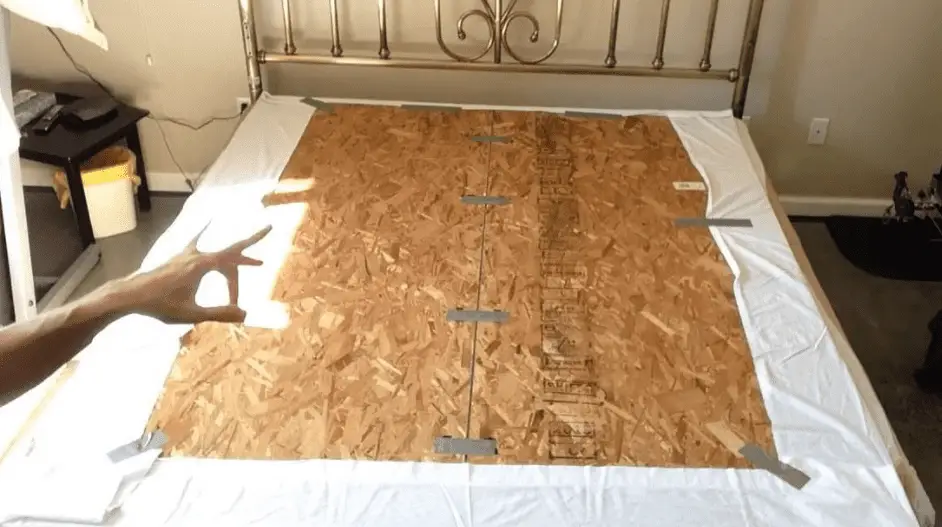 When it comes to using plywood between your mattress and box spring, the thickness of the plywood is a crucial factor to consider. The
thickness
of the plywood can impact the overall feel and support of your bed, as well as its ability to withstand weight and pressure over time.
Thicker plywood
tends to provide more support and stability, making it an ideal choice for heavier mattresses or for those who prefer a firmer sleeping surface. On the other hand, thinner plywood may be more suitable for lighter mattresses or for those who prefer a softer feel.
When it comes to using plywood between your mattress and box spring, the thickness of the plywood is a crucial factor to consider. The
thickness
of the plywood can impact the overall feel and support of your bed, as well as its ability to withstand weight and pressure over time.
Thicker plywood
tends to provide more support and stability, making it an ideal choice for heavier mattresses or for those who prefer a firmer sleeping surface. On the other hand, thinner plywood may be more suitable for lighter mattresses or for those who prefer a softer feel.
The Benefits of Using Plywood in Your Mattress and Box Spring Setup
 There are several benefits to using plywood between your mattress and box spring. First and foremost, it provides an additional layer of support, which can help prevent sagging and prolong the lifespan of your mattress. It also helps distribute weight evenly, which can improve the overall comfort of your bed and reduce the risk of back pain.
Furthermore,
plywood
can also act as a barrier between your mattress and box spring, preventing dust and dirt from accumulating in the space between the two. This can help keep your bed clean and hygienic, promoting better sleep and overall health.
There are several benefits to using plywood between your mattress and box spring. First and foremost, it provides an additional layer of support, which can help prevent sagging and prolong the lifespan of your mattress. It also helps distribute weight evenly, which can improve the overall comfort of your bed and reduce the risk of back pain.
Furthermore,
plywood
can also act as a barrier between your mattress and box spring, preventing dust and dirt from accumulating in the space between the two. This can help keep your bed clean and hygienic, promoting better sleep and overall health.
In Conclusion
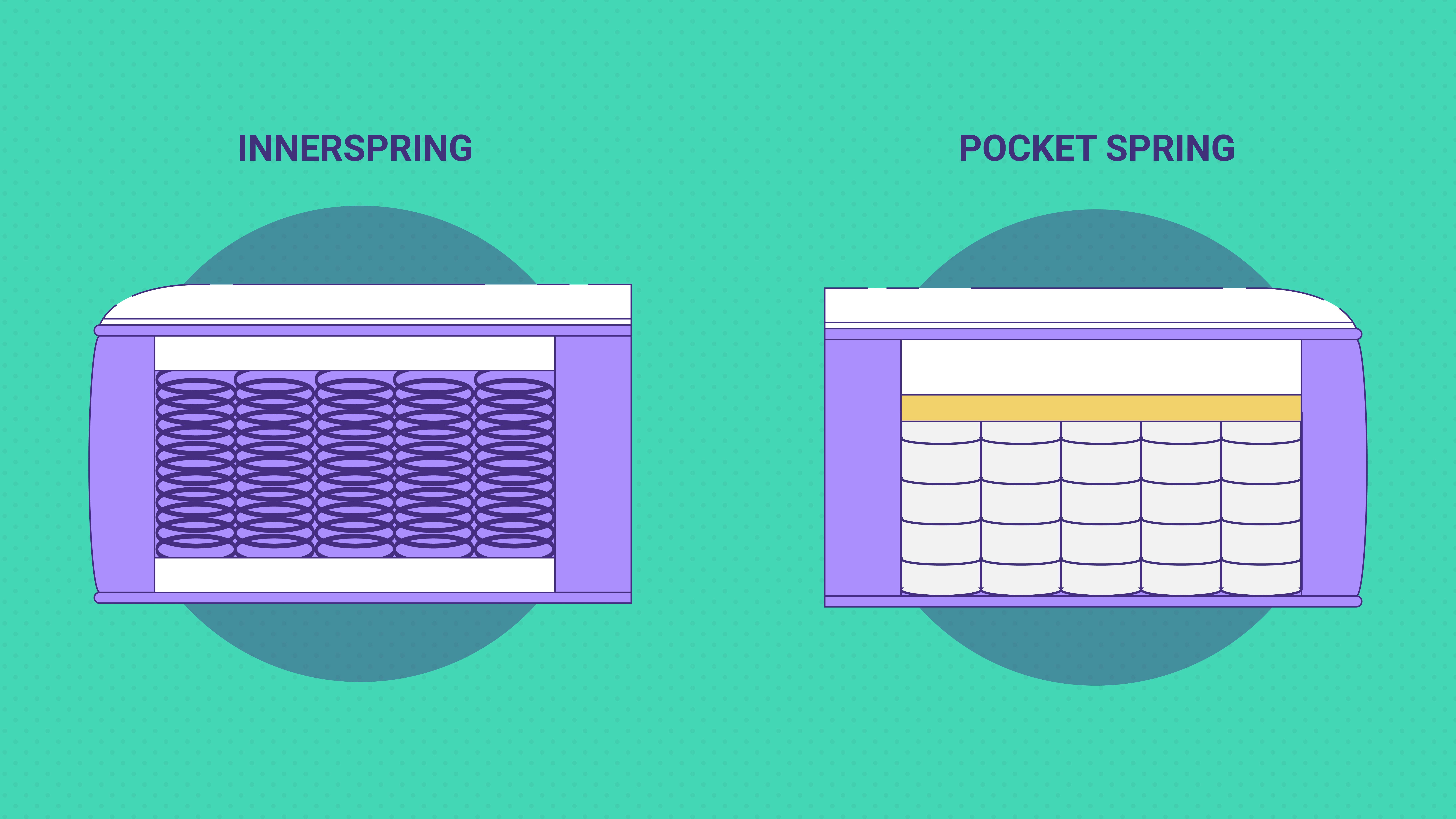 In conclusion,
plywood thickness
is an important consideration when it comes to creating the perfect mattress and box spring setup. It not only provides additional support and stability, but it also helps protect your mattress and promotes a cleaner sleeping environment. So, next time you are setting up your bed, don't forget to consider the benefits of using plywood in between your mattress and box spring.
In conclusion,
plywood thickness
is an important consideration when it comes to creating the perfect mattress and box spring setup. It not only provides additional support and stability, but it also helps protect your mattress and promotes a cleaner sleeping environment. So, next time you are setting up your bed, don't forget to consider the benefits of using plywood in between your mattress and box spring.
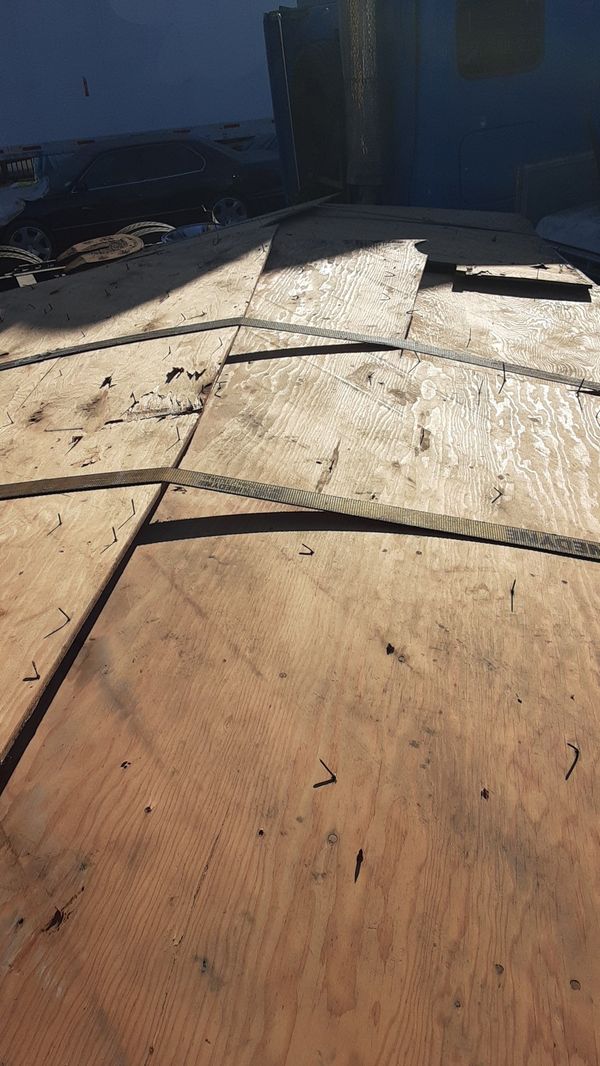
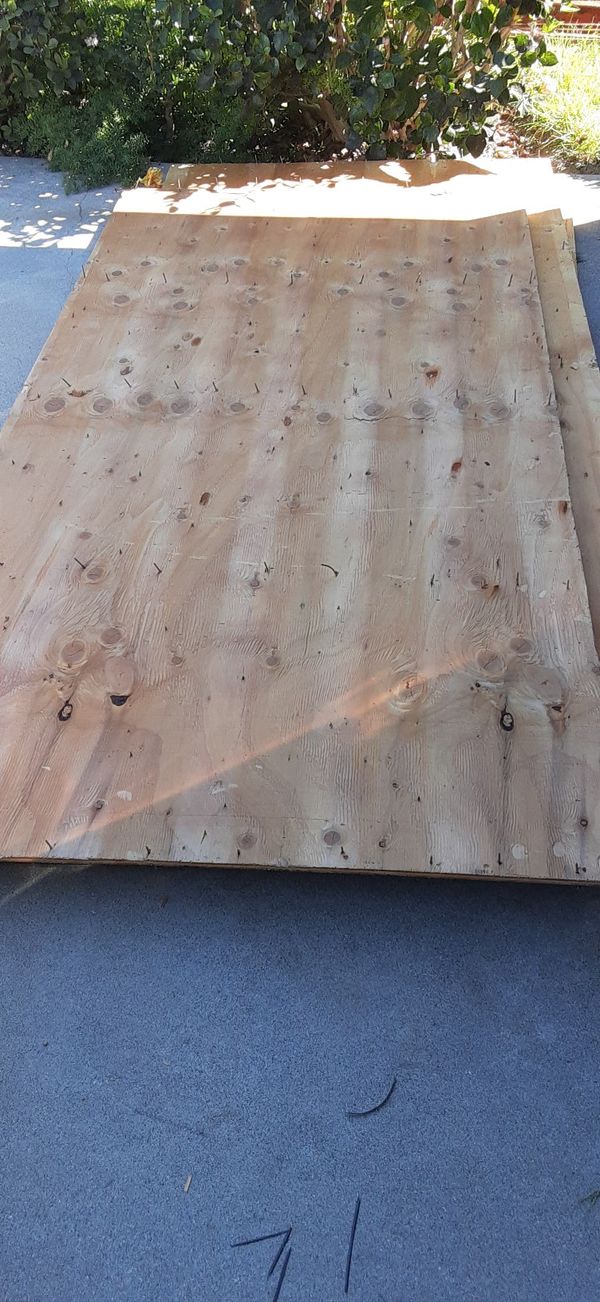
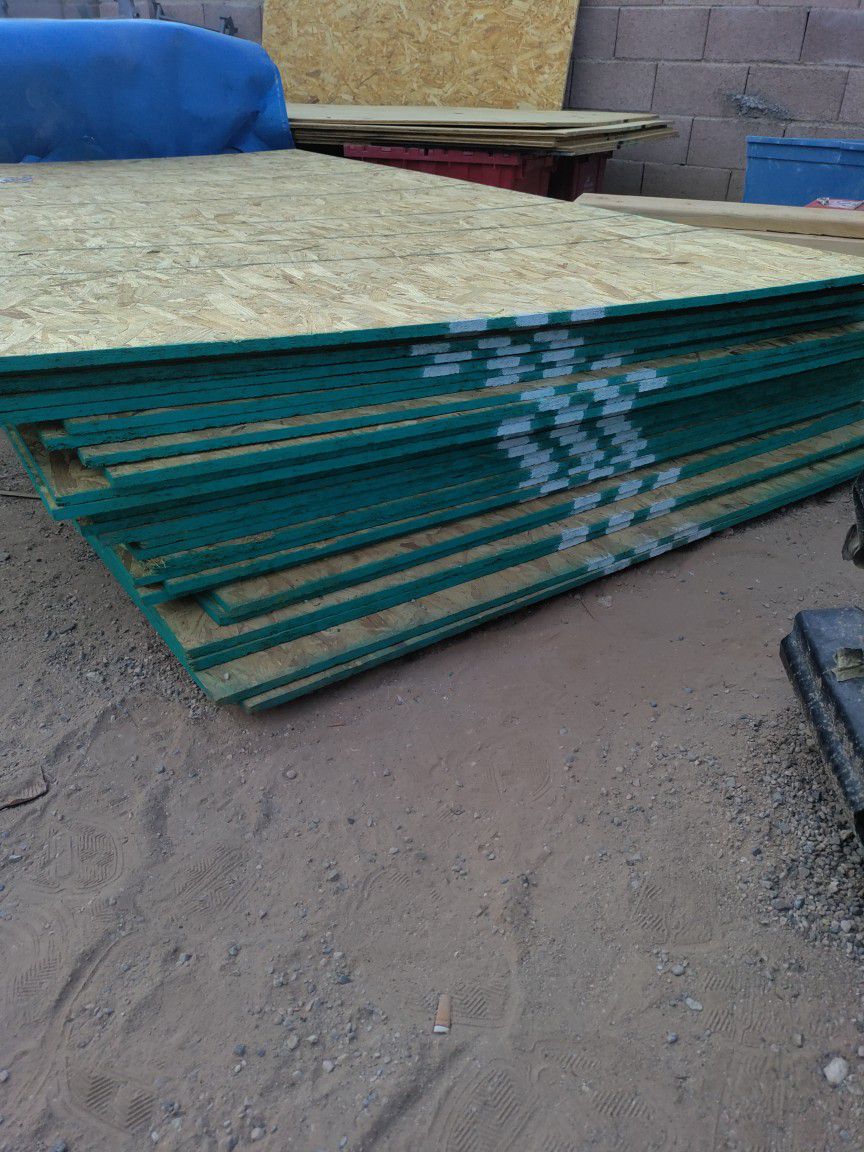

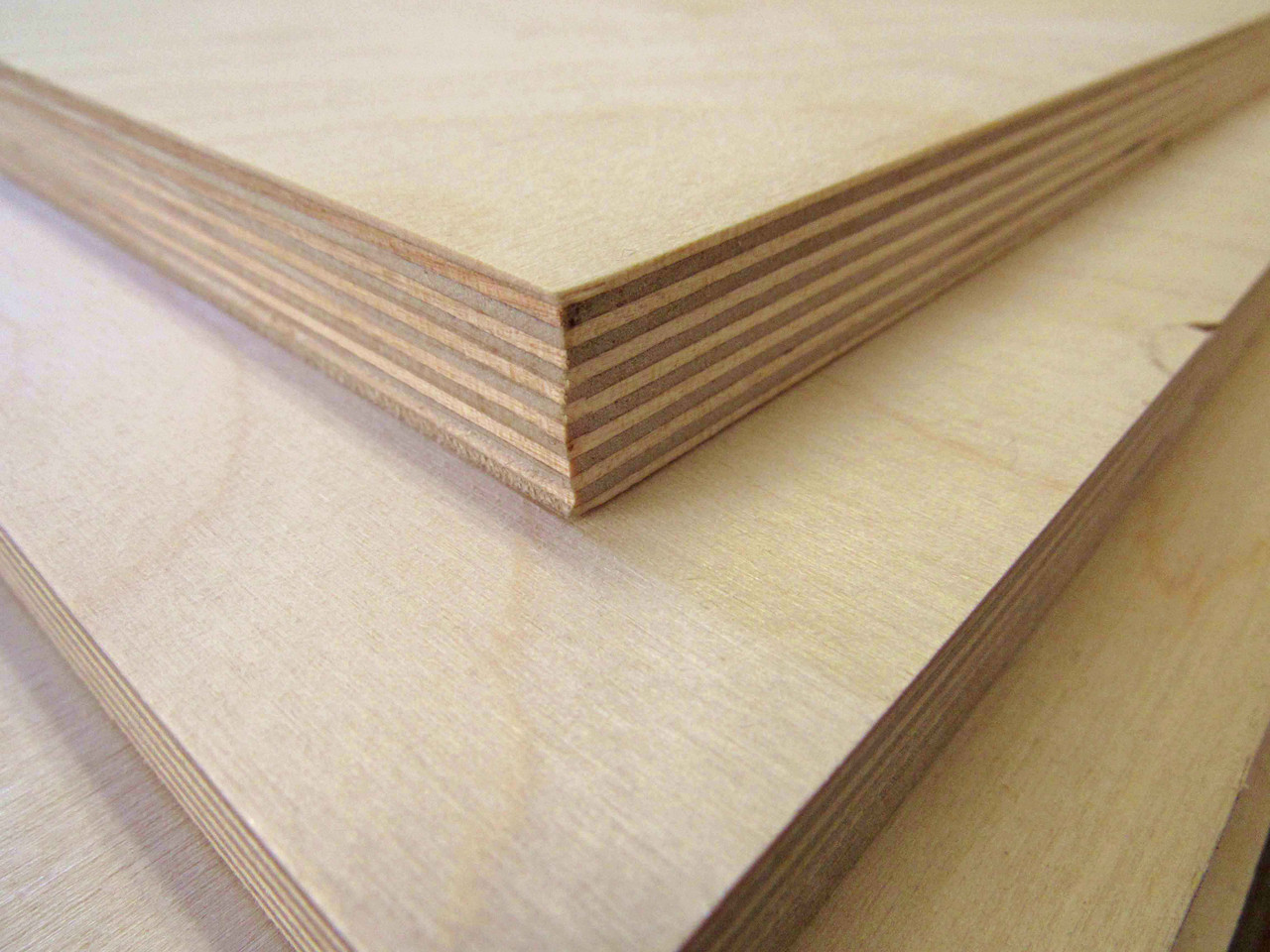

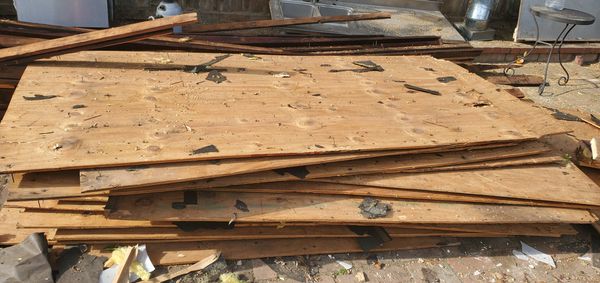
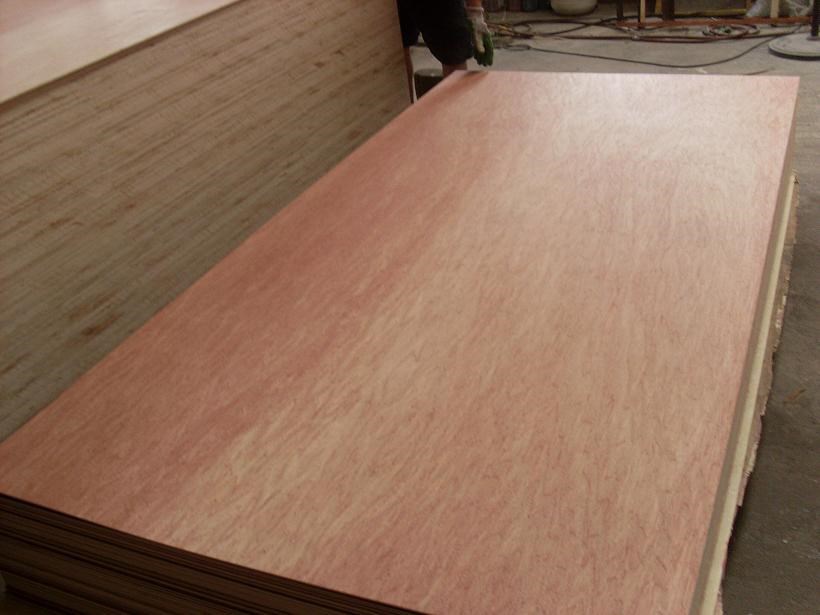
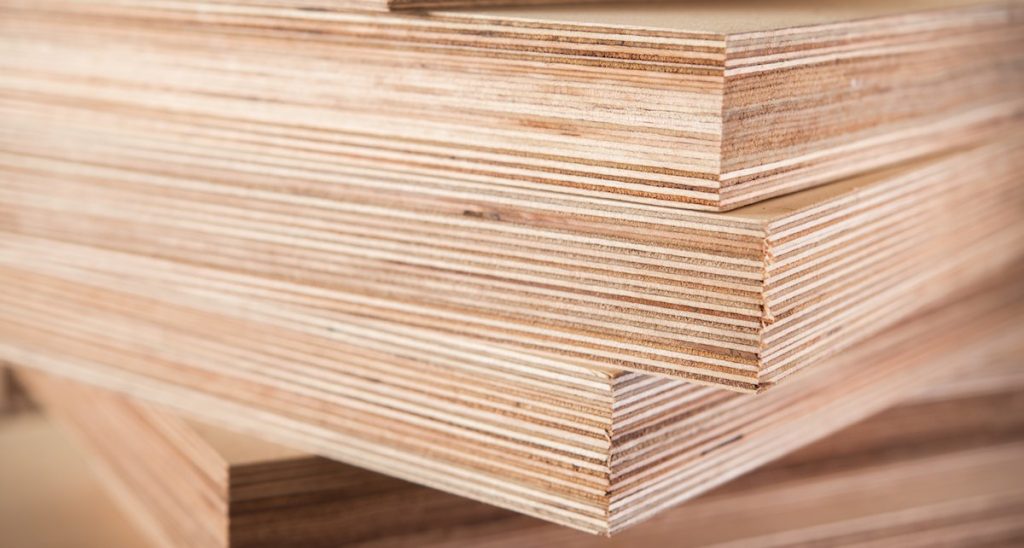




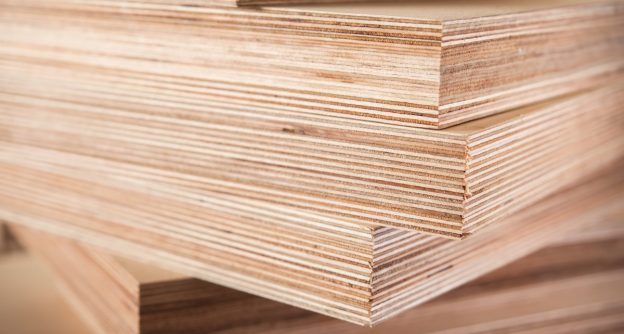






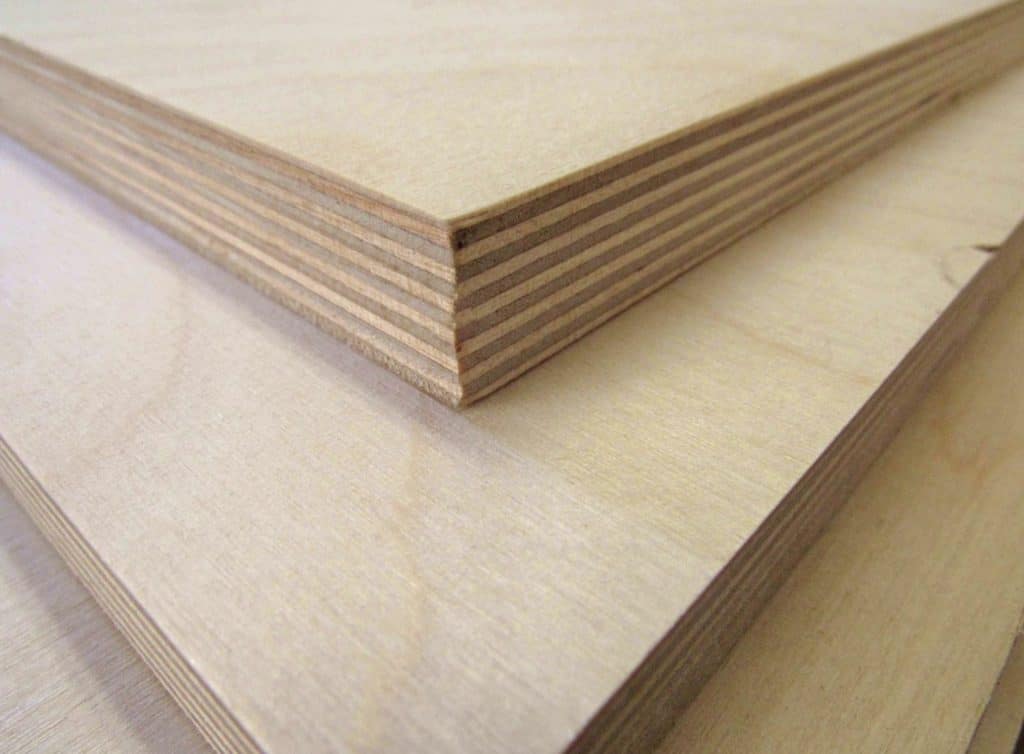
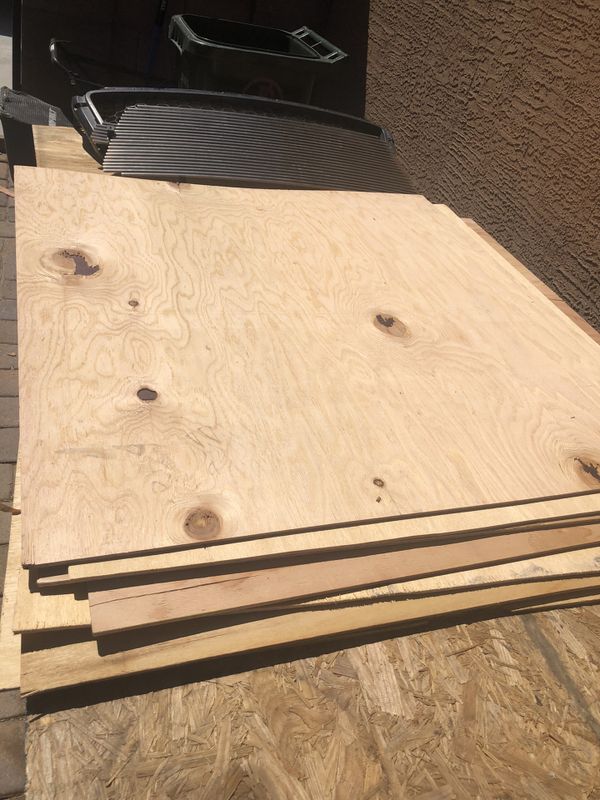
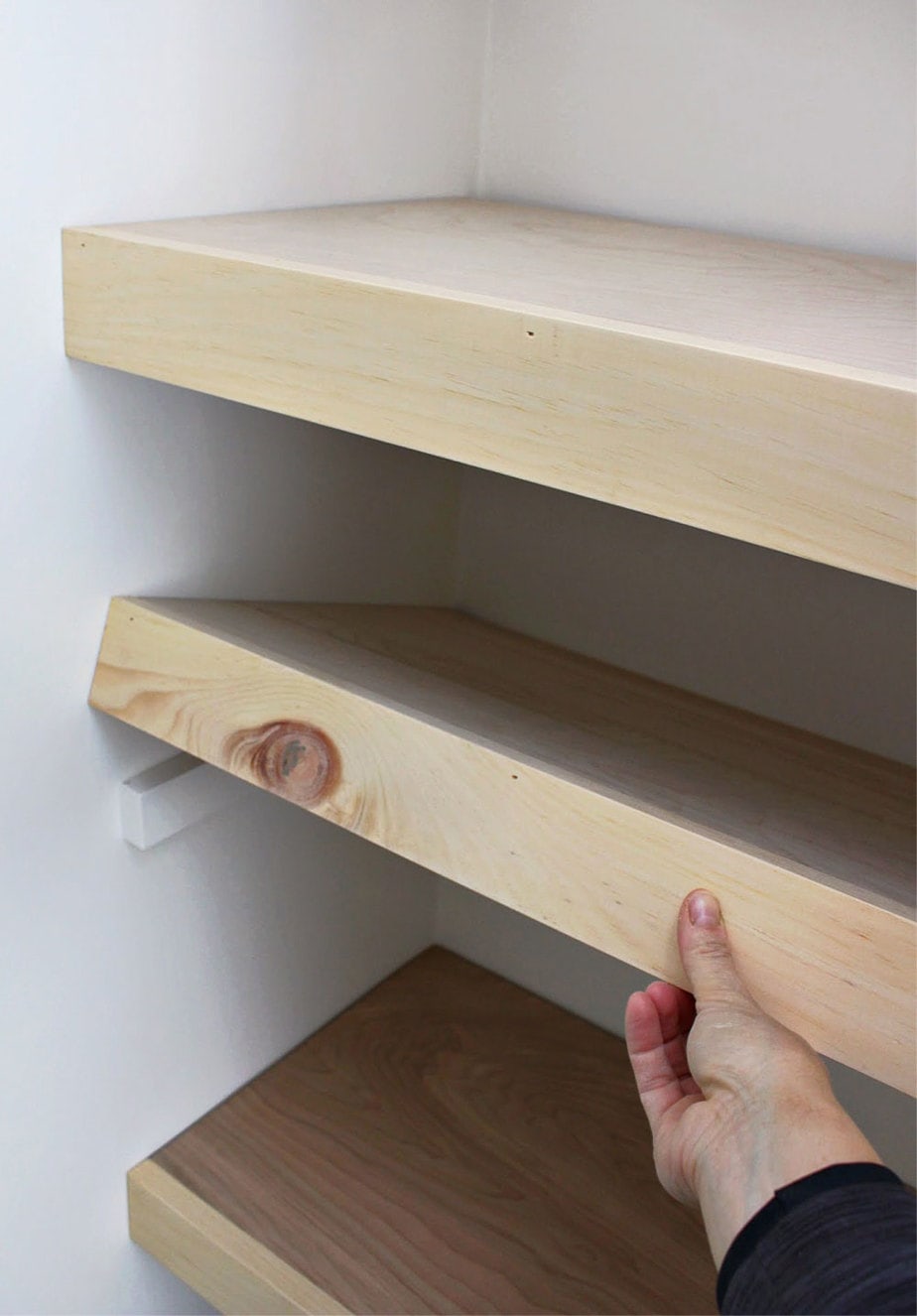





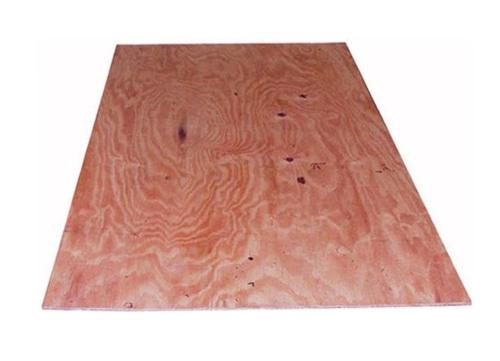

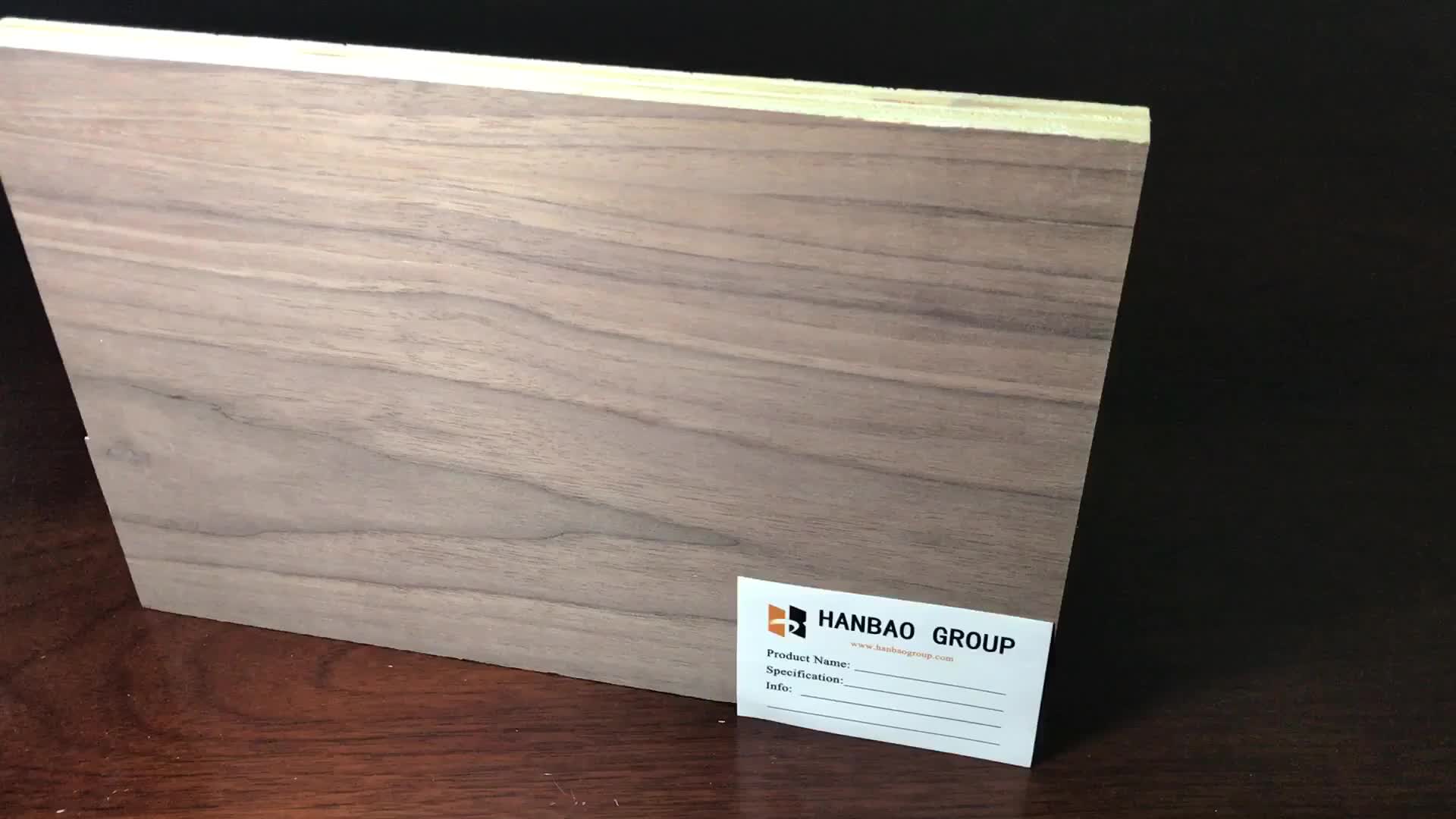


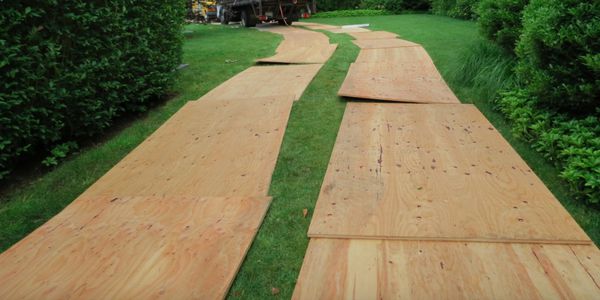


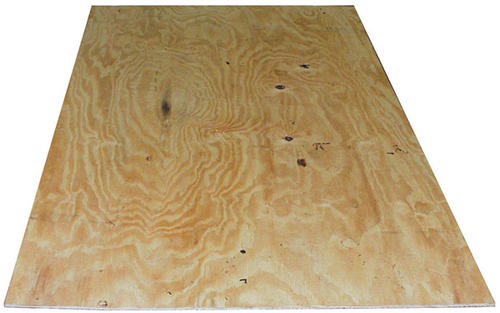


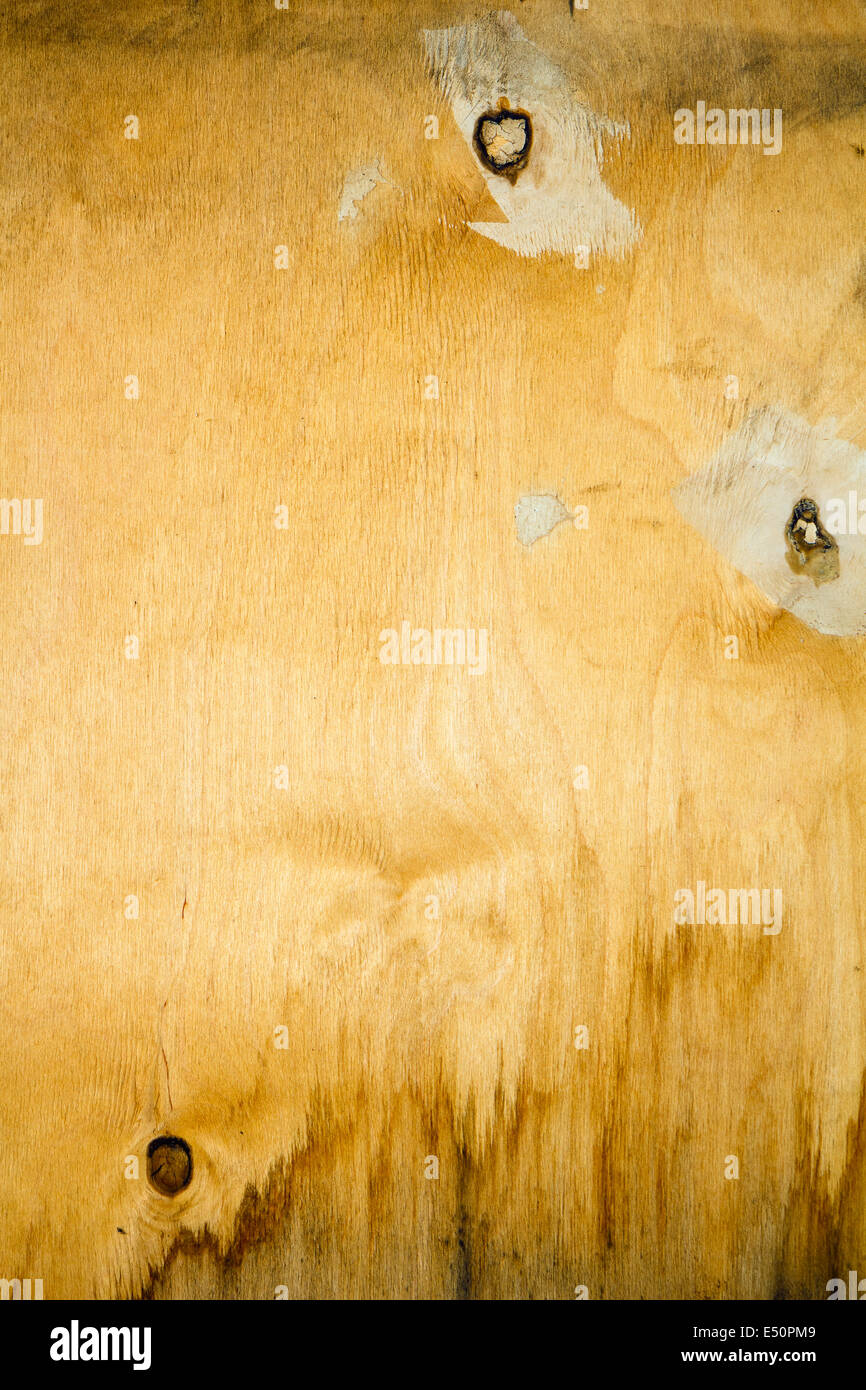
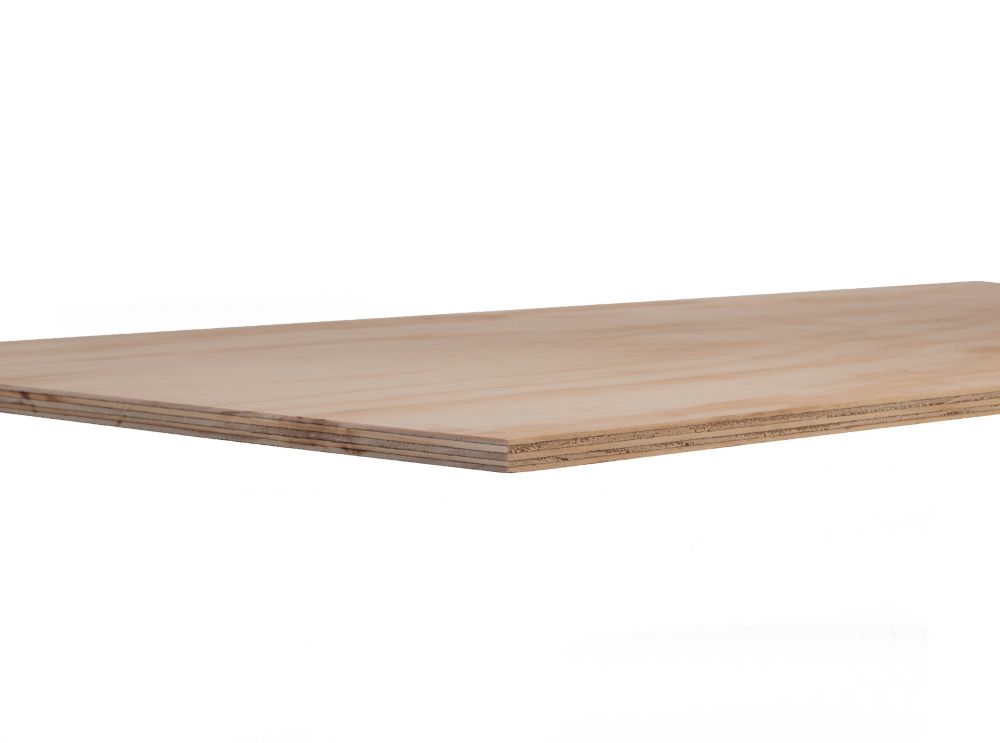
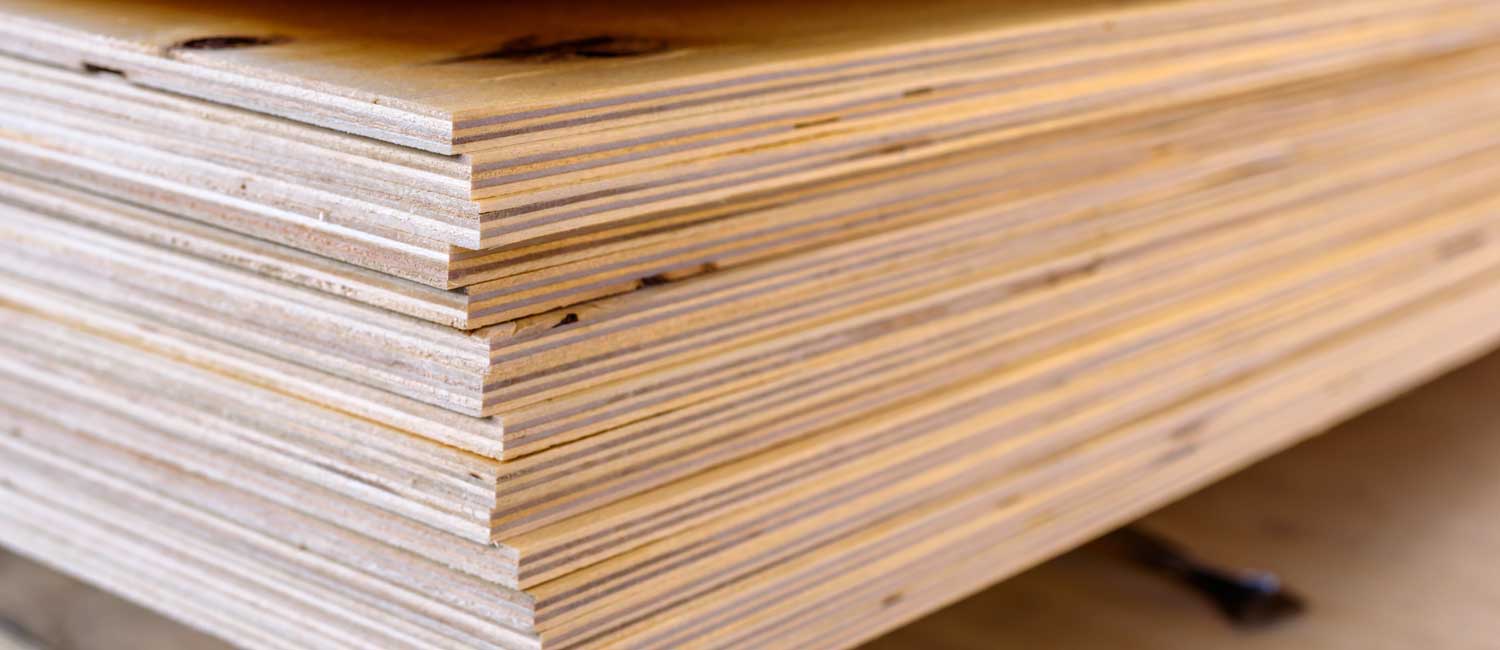




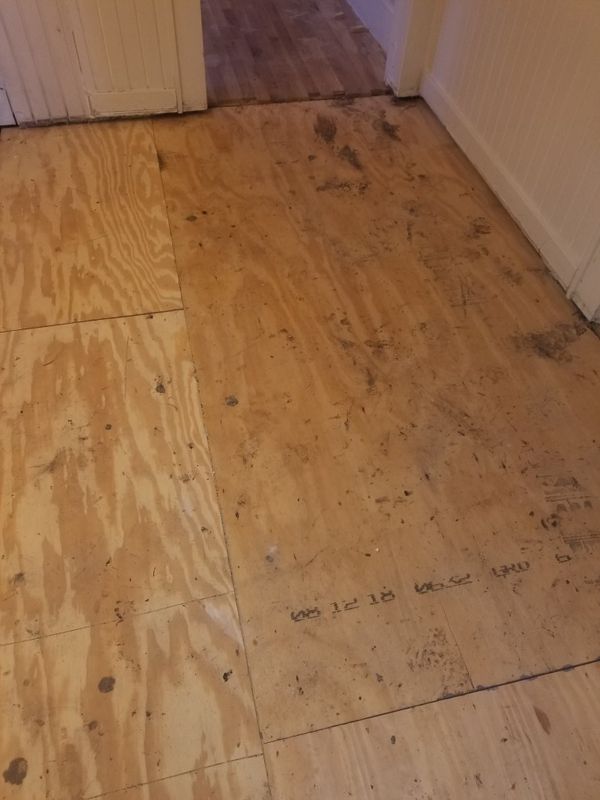


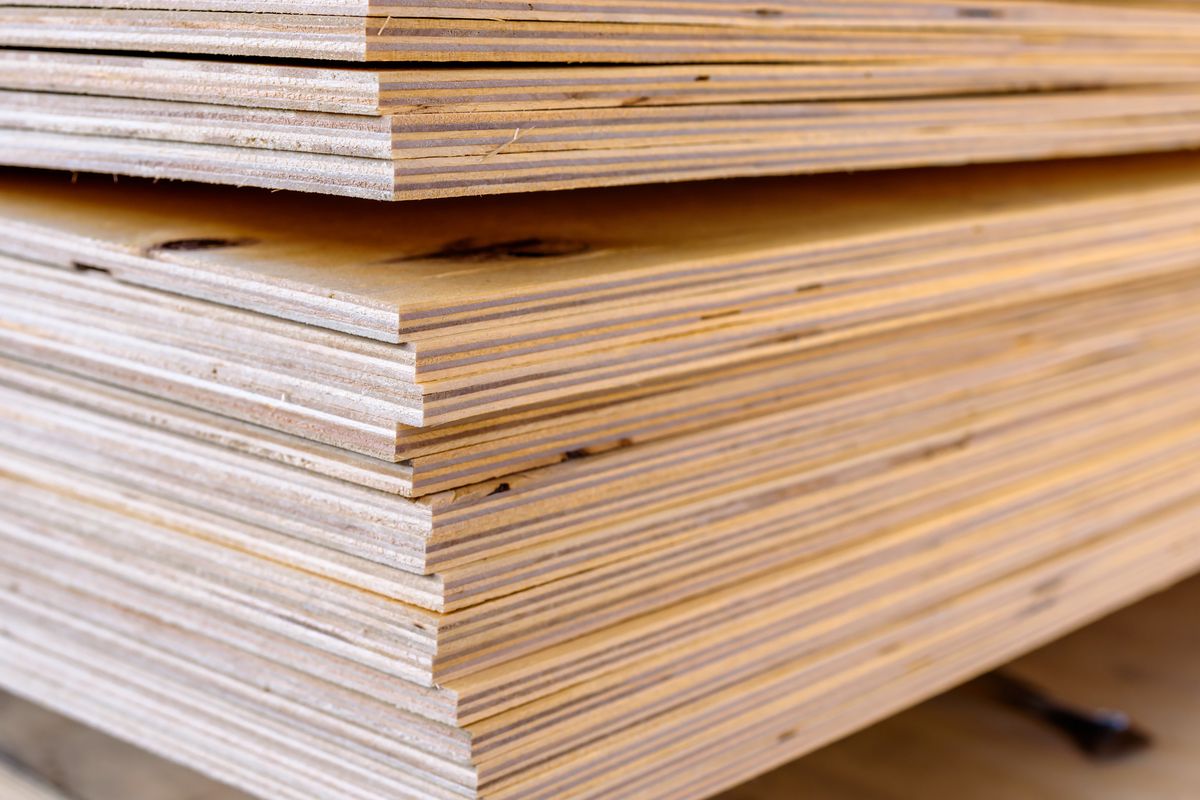






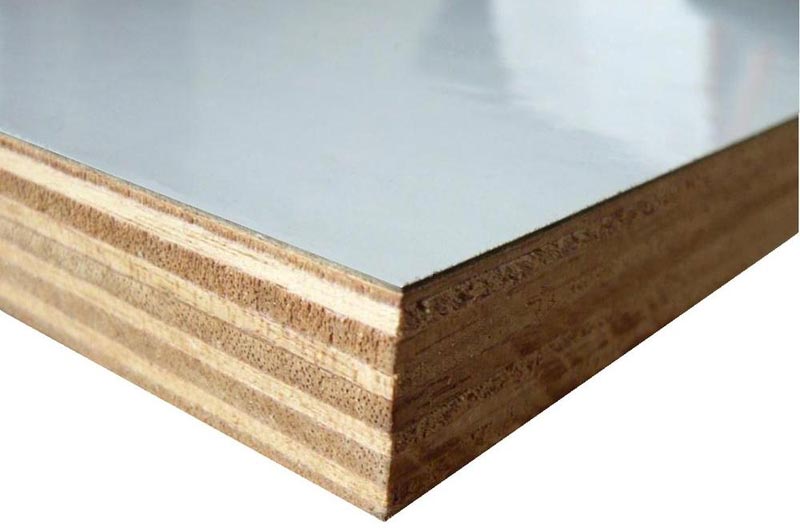
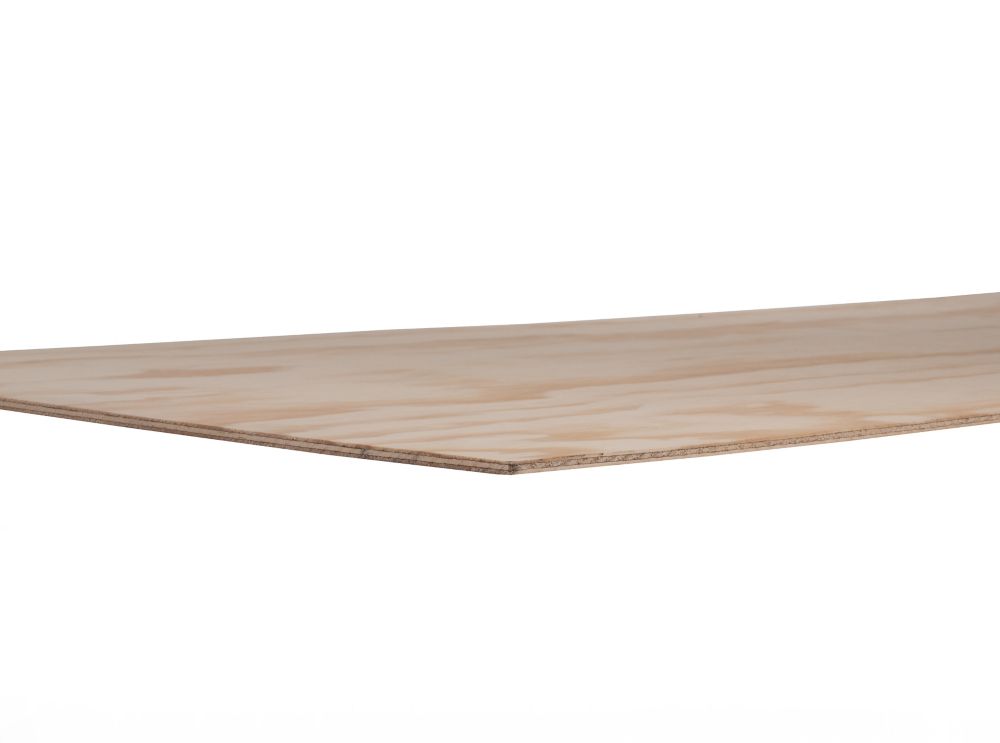



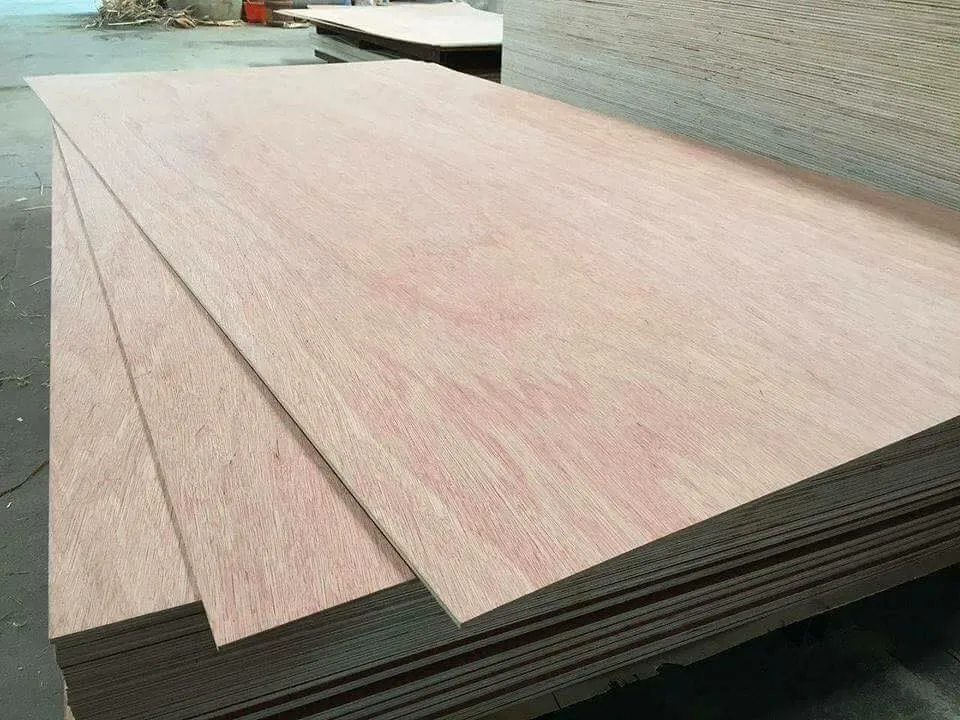

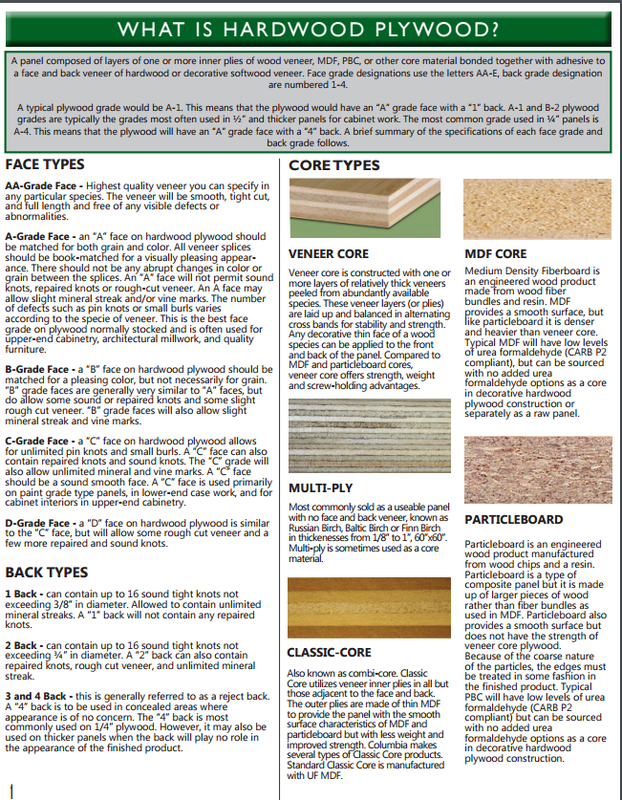

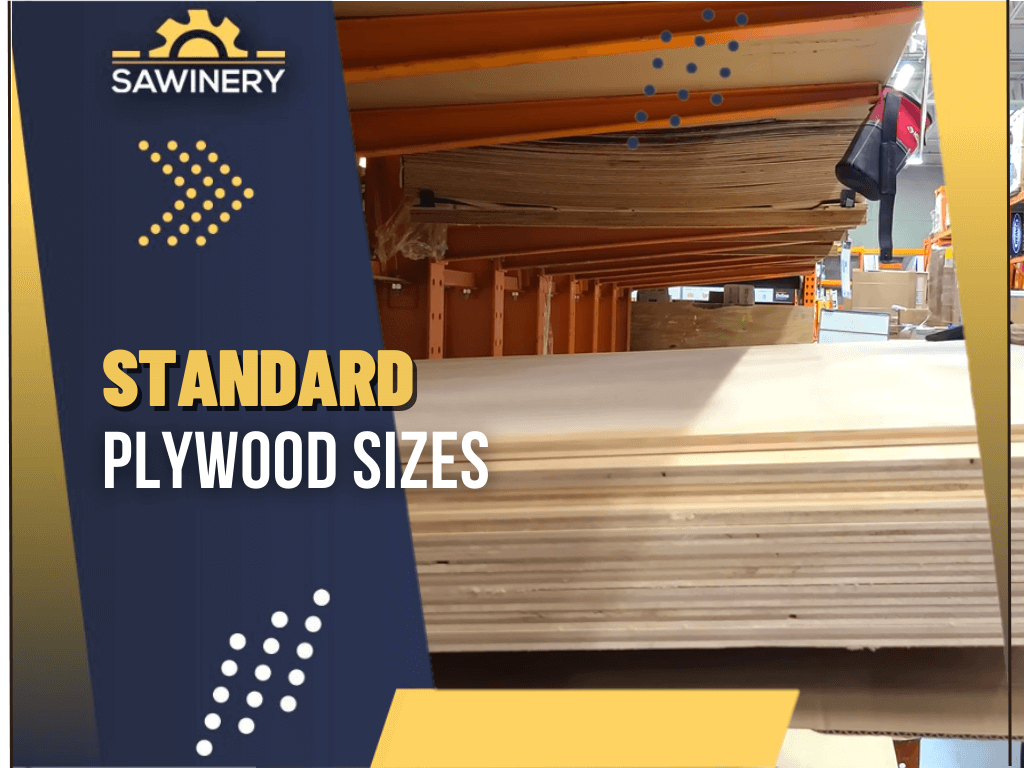

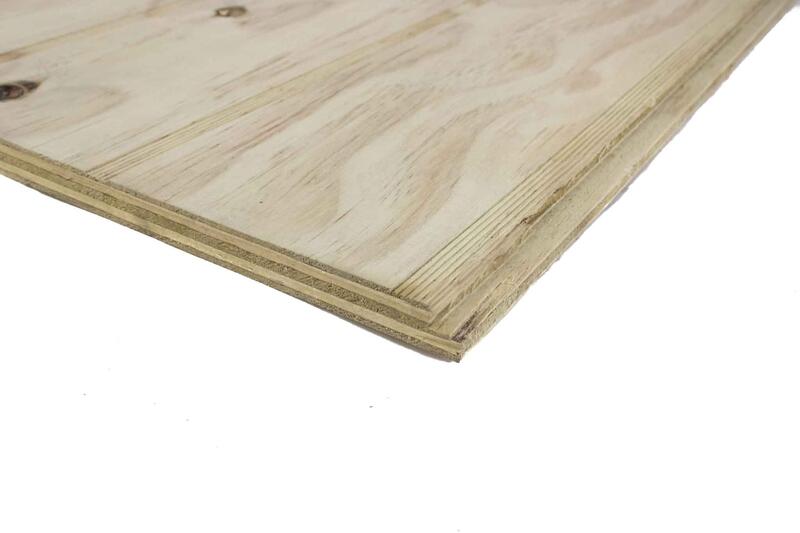
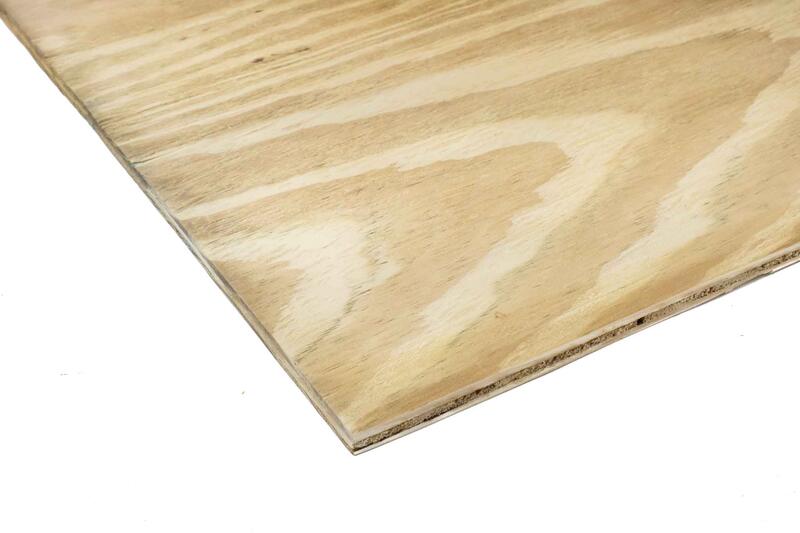
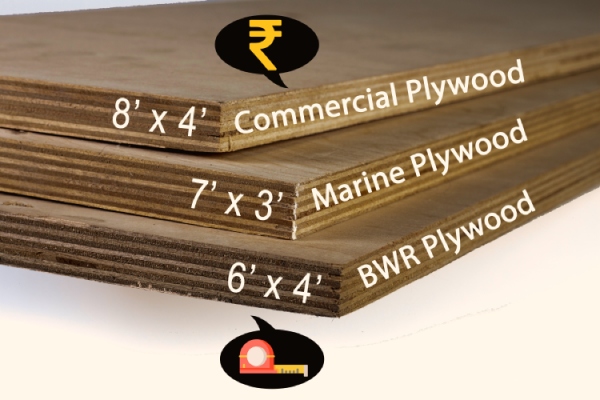
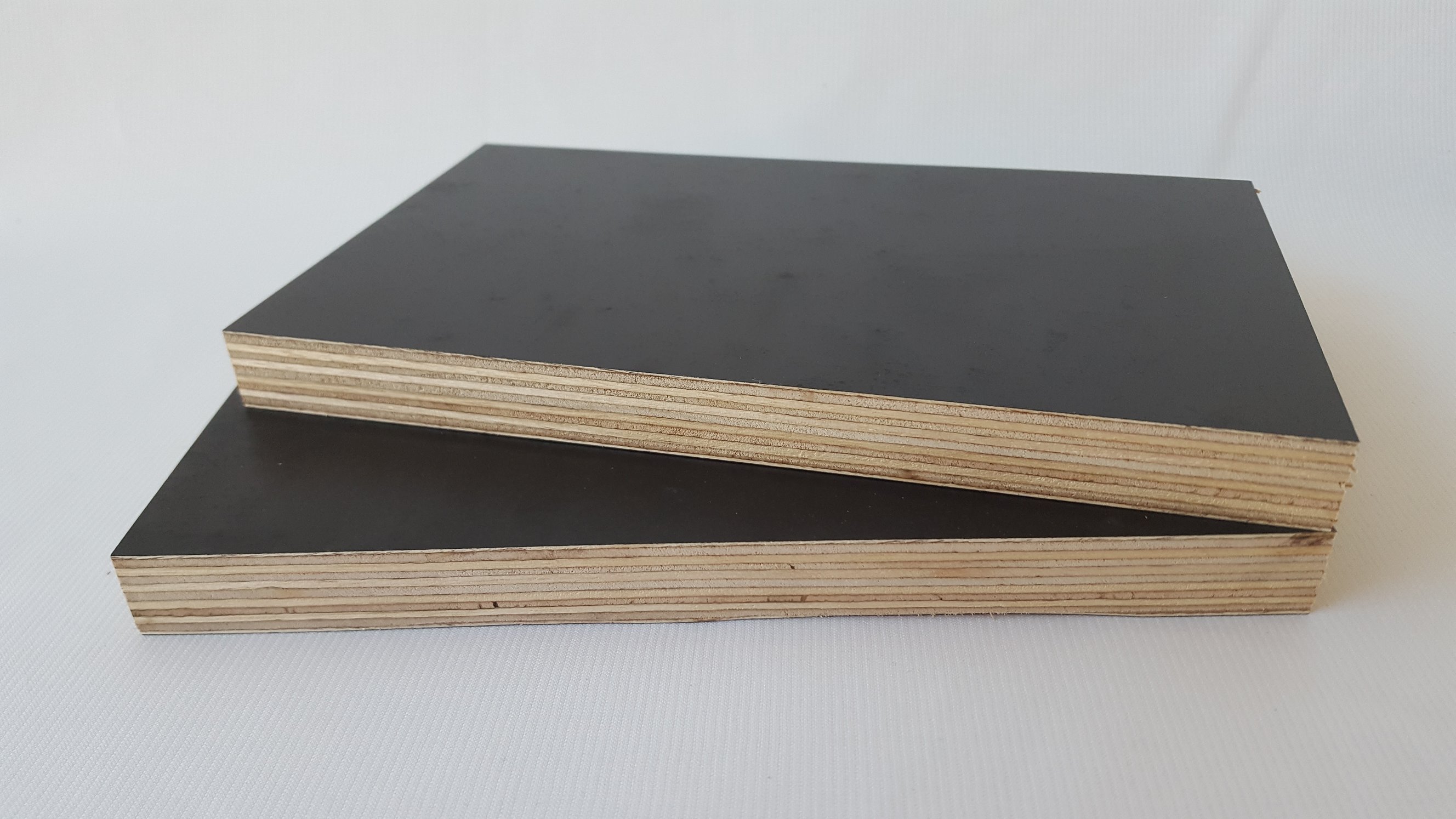


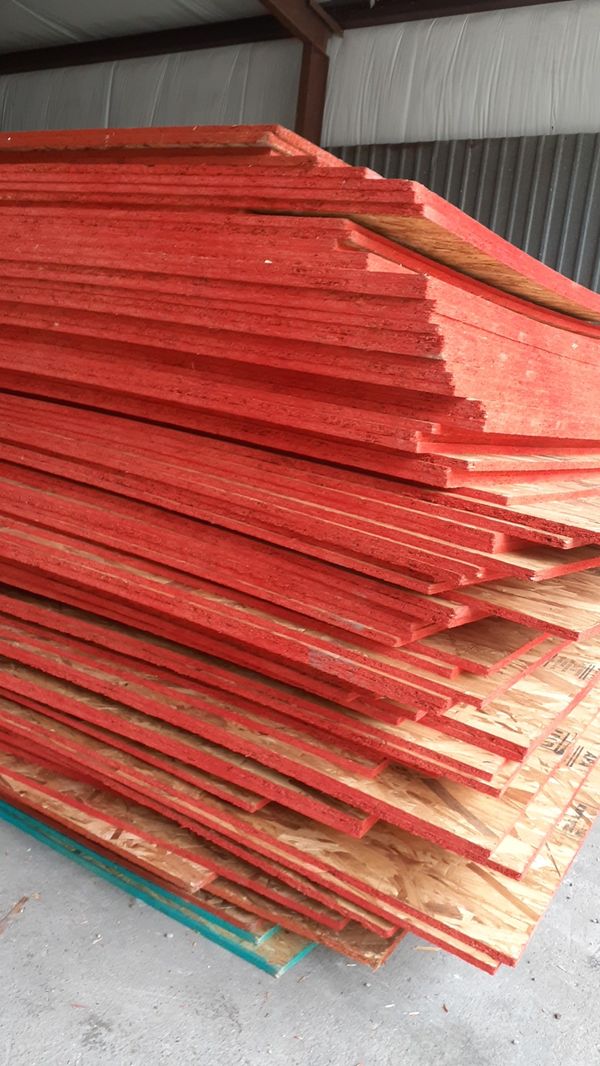





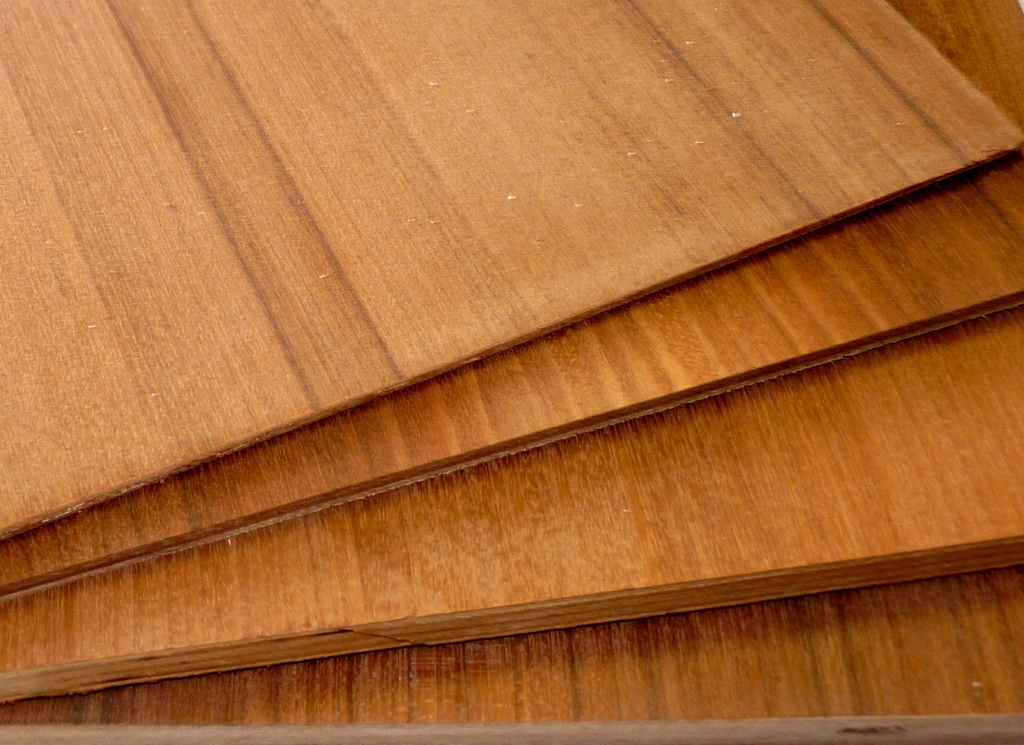


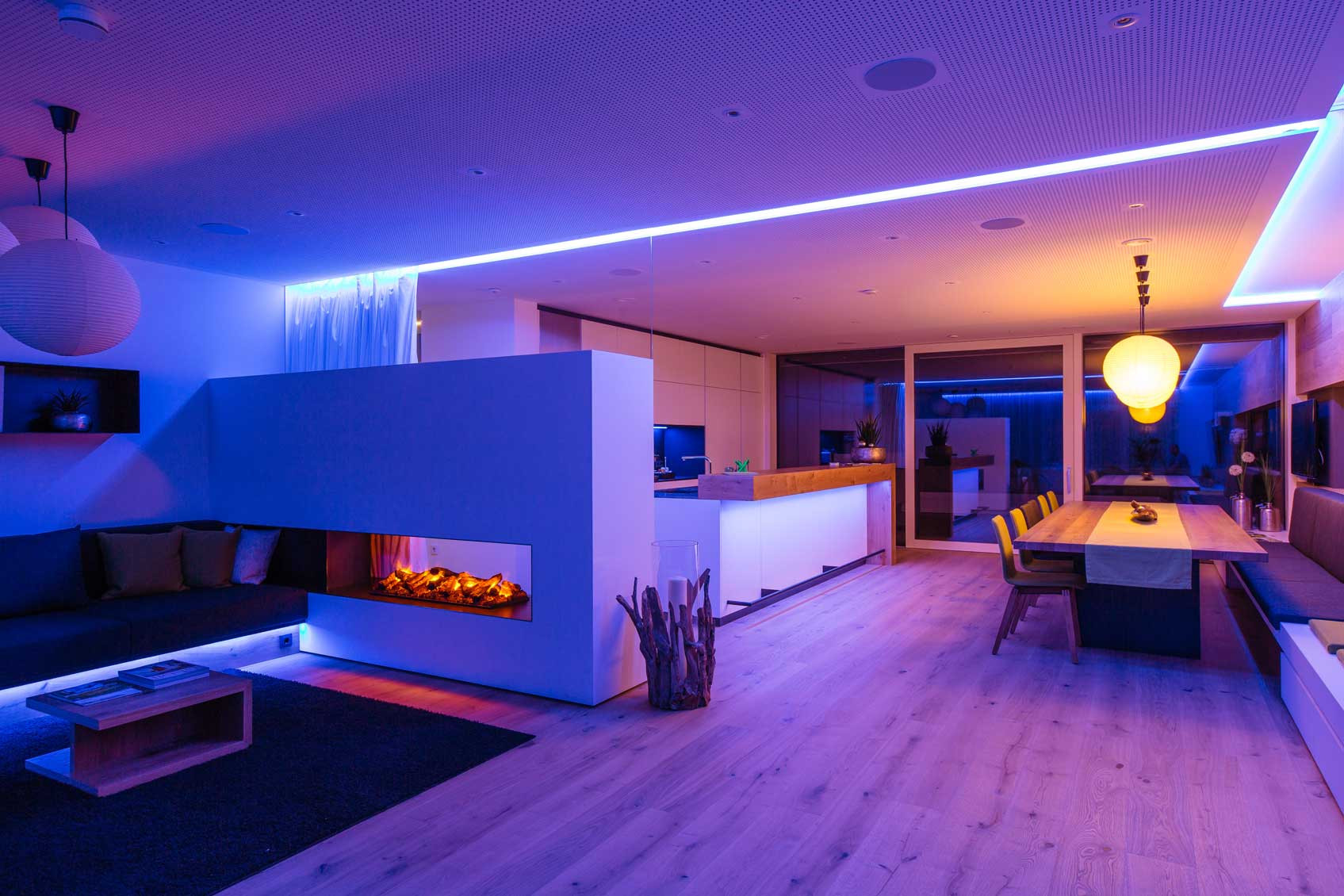
:max_bytes(150000):strip_icc()/_hero_4109254-feathertop-5c7d415346e0fb0001a5f085.jpg)




